Ajmer Sharif – The Dargah of the Sufi Saint Moinuddin Chisti
During my last trip of Rajasthan many a years back, i happened to visit Ajmer Sharif. I was aware that it was a popular shrine that of Moinuddin Chisti. Khwaja Garib Nawaz (patron of the poor) is the namesake for Moinuddin Chisti. This dargah is located on a busy street with shops on either side of the road.
The dargah built around the tomb of Moinuddin Chisti is one of the oldest shrines for Muslims in India. The dargah welcomes people from all faiths and religions. As per the belief, one who prays here with a pure heart will have the wishes fulfilled. One must cover the head before entering the dargah as a matter of respect. If one doesn’t have a head cover, it can be purchased from any nearby store.
Moinuddin Chisti:
Moinuddin Chisti was a Sufi saint, preacher, mystic and philosopher from Persia. People regard Moinuddin Chisti as the descendant of Muhammad. Muhammad is said to have advised him to travel to Ajmer in India. As per Muhammad’s advise Moinuddin traveled from Persia in 1192 to arrive in Ajmer. Before settling down in Ajmer, he spent sometime in Lahore.
During his stay in Ajmer, Moinuddin Chisti known for his secular preaching became popular. He gained wide acceptance from rich and the poor. He died on 15th March 1236 and was buried in a wooden tomb in Ajmer. Mughal emperor Humayun went onto to construct a shrine around the tomb in the 13th century.
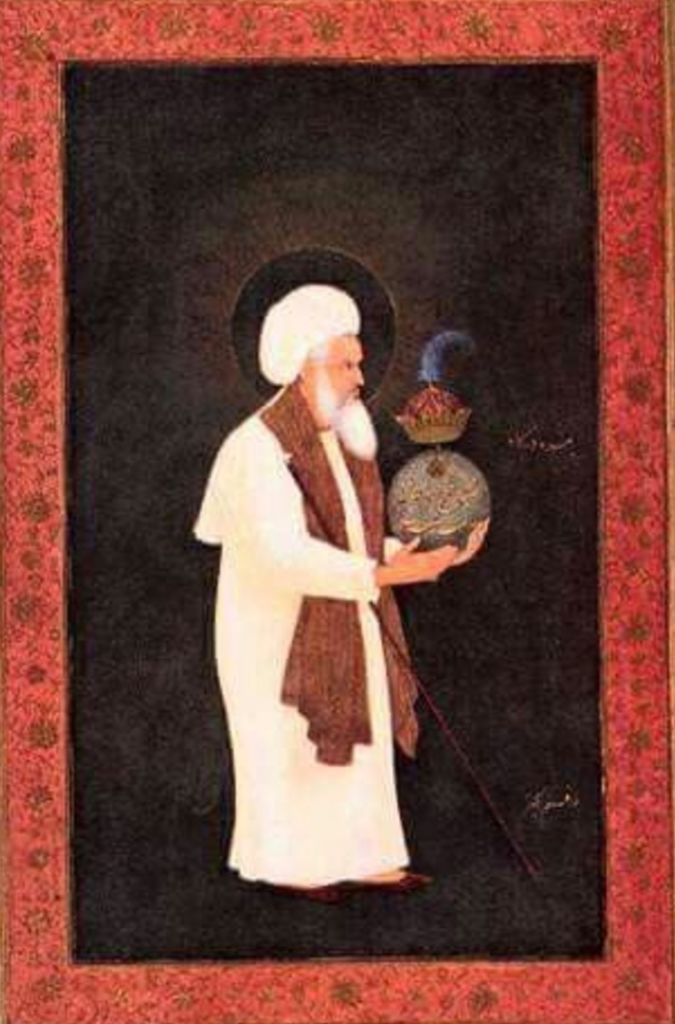
Ajmer Sharif Dargah:
The Ajmer Sharif dargah has eleven arches with Persian inscription that runs across the building. Ajmer Sharif dargah was popular amongst the Mughal rulers. Some of the prominent rulers who visited the place are Muhammad bin Tughlaq, Akbar, Jahangir, Shah Jahan, Jahanara Begum, Aurangzeb to name a few.
After a few centuries, Akbar reconstructed this dargah and built a dome in 1579. It underwent further renovation over the years by Jahangir, Shah Jahan and Jahanara Begum. Akbar and Shah Jahan expanded the complex by building mosques. Moinuddin Chisti’s marble tomb lies in the center of the complex and has a marble screen.
Akbar in 1568 and Jahangir in 1614 offered a large degh each. A degh is a brass cauldron to cook food. These degh’s are even in use today. The dargah distributes the food made using rice, wheat, dry fruits and ghee in recognition to the Sufi saint’s warmth and kindness.
Death anniversary (Urs) of Moinuddin Chisti attracts millions of pilgrims worldwide. Many pilgrims offer chadars (sacred cloth) during the Urs in the dargah. Next year will be the 809th Urs of the saint.
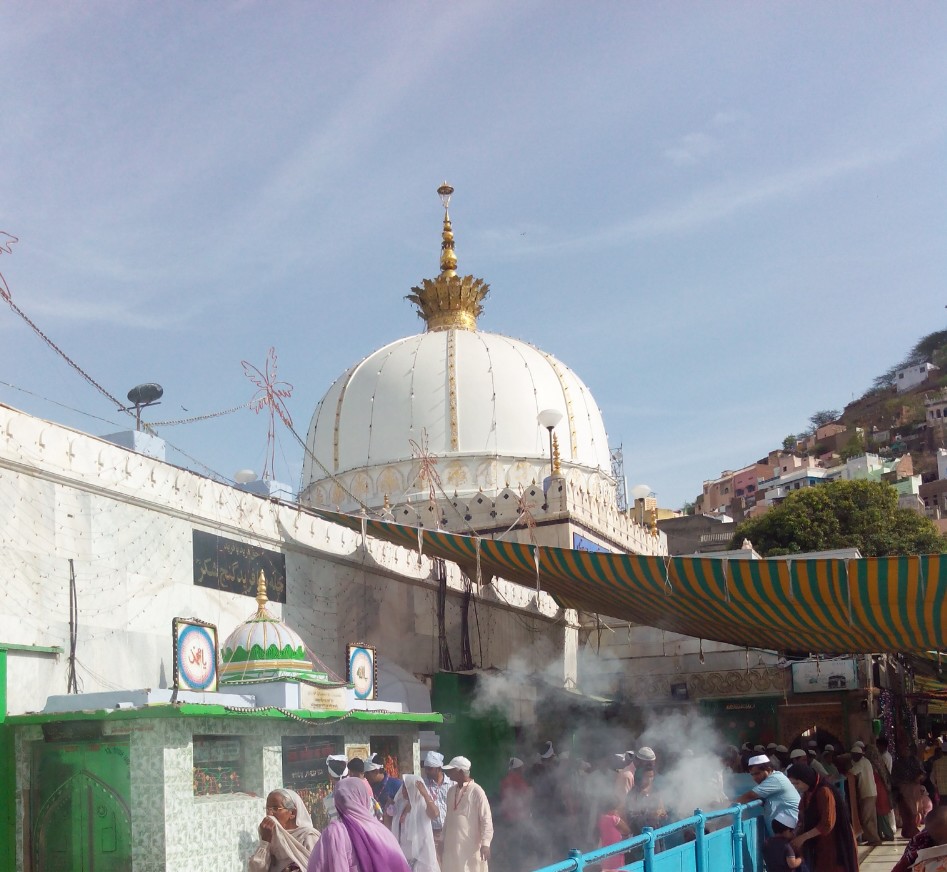
Best time to visit the Ajmer
The winter months from October to March is the best times to visit Ajmer. Although crowded, you might want to plan a visit during the month of Urs.
How to reach Ajmer ?
By Air:
Ajmer doesn’t have an airport. Sanganer airport or Jaipur airport which are 135 kms away are the nearest to Ajmer. One can take a private vehicle from here to reach Ajmer.
By Rail:
The railway station of Ajmer is in the heart of the city. The station is well connected to all the major Indian cities.
By Road:
Ajmer is well connected by road to all major cities and highways.
For more such spiritual experiences in India, check out some of the religious places in India. And if history is your interest, check out some of the historical places in Rajasthan.
In case you are keen on traveling to western India, you could take a look at the itinerary of Rajasthan and cover this by adding a couple of days to this itinerary.
It is worth clubbing the holy city of Pushkar and thereby visit the world’s largest camel fair in the month of November. Pushkar is just about 15 kms from the city of Ajmer.
India is not just about spirituality. There are many more facets to this ancient land – culture, mystery, history, nature, wildlife and so on. Read more about the places to visit in India.

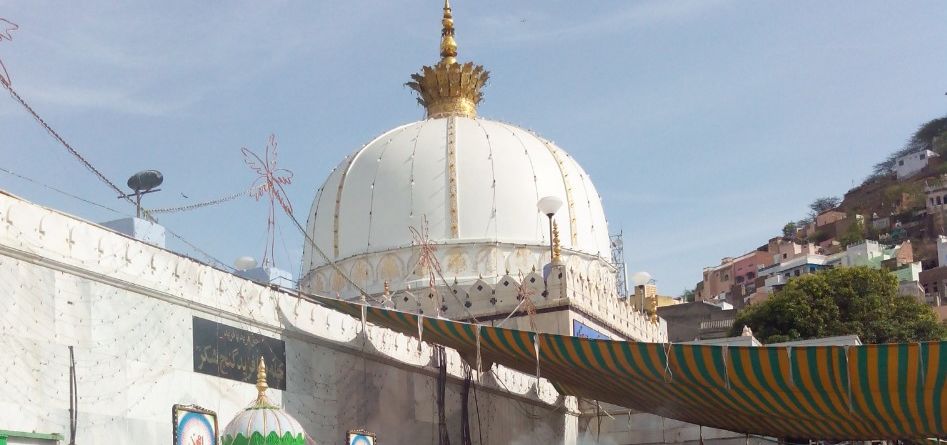
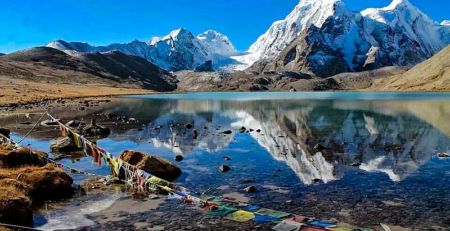



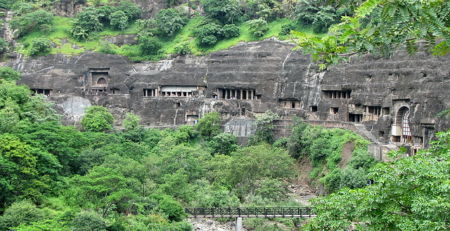

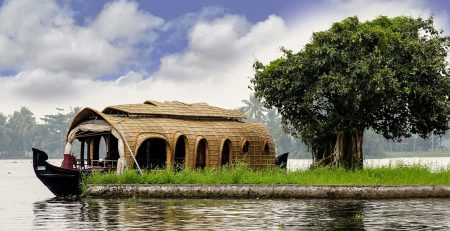
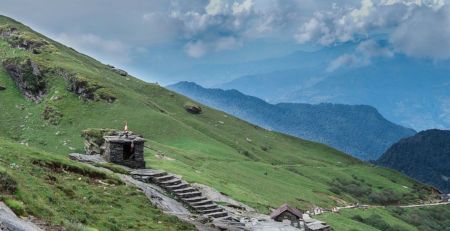


Leave a Reply